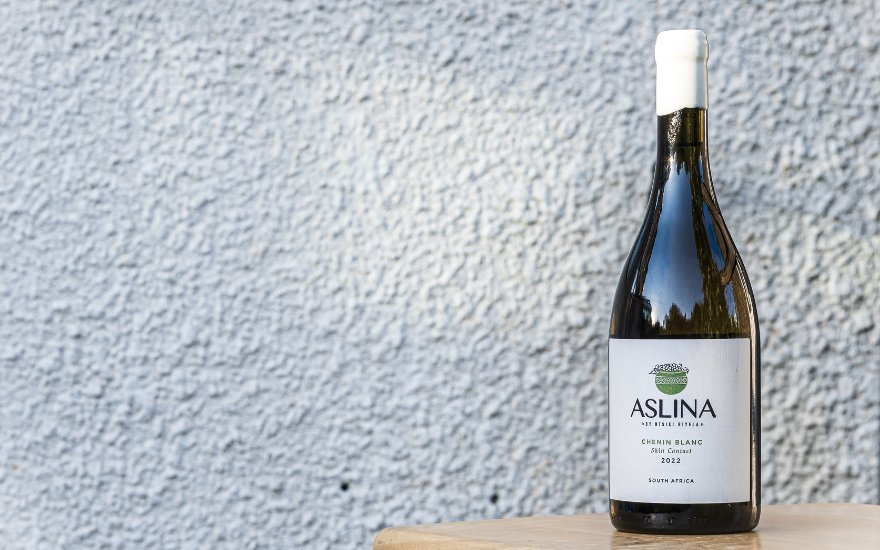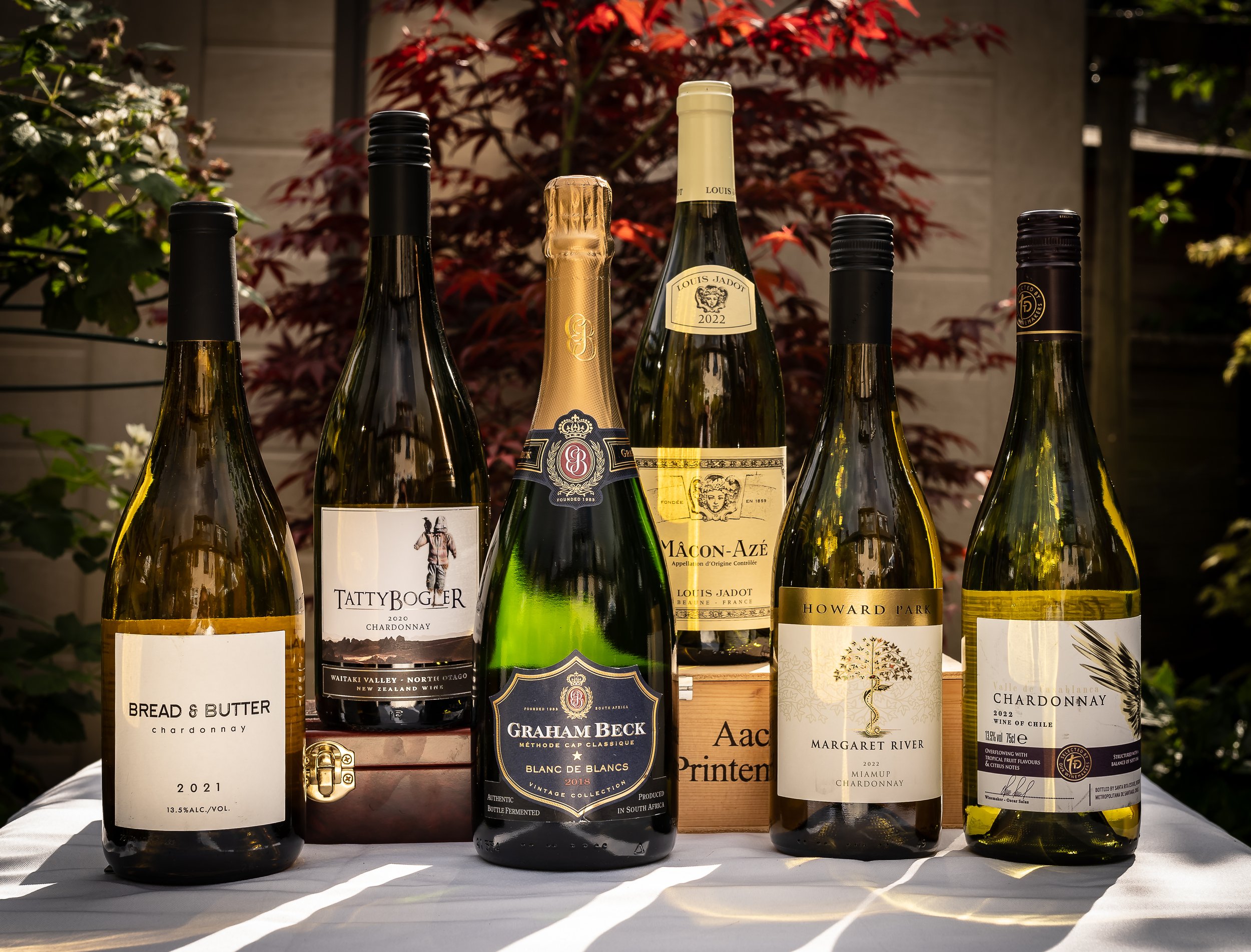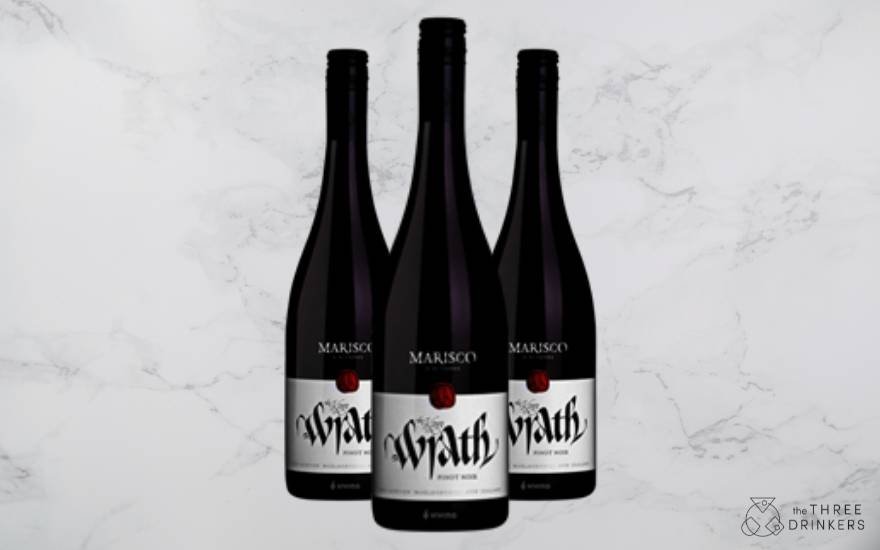Traditionally Dry Vermouth was seen as the French style, while Sweet Vermouth was Italian. Although contemporary innovations have now blurred these distinctions, it’s good to recognise the origins. If you see Vermouth di Torino on a bottle label it means the liquid originates from Piedmont, the region of Italy around Turin, where Vermouth was first made. So as a rule of thumb, if Torino is on the label, you can expect it to be something pretty special.
Today, modern Vermouths come from several worldwide wine-growing regions, not just France and Italy. Producers are permitted to use the name Vermouth as long as they adhere to the above rules.
Colour and sweetness range across the full bitterness/sweetness spectrum, going from the light-coloured Extra Dry to Dry to Bianco/Blanco to Rosé/Rosata and finally Sweet (red) Vermouth. The first three of those are typically made from white wine but so too can rosé and sweet vermouth be made from white grapes. The final liquid that’s bottled doesn’t necessarily reflect the colour of the grapes the wine originated as, because caramel colouring is often added to white wine to create the red-coloured Sweet Vermouths. Here’s the spectrum from driest to sweetest:
1. Extra Dry Vermouth: The appearance of this is clear, the colour is pale lemon, and it tastes very dry with just a hint of flowers. Great for extra dry martinis. See La Copa Extra Seco, the Spanish Vermouth below.
2. Dry Vermouth: More of a pale gold hue, this is a bit sweeter, spicier and has more herbal complexity than its extra dry counterpart. Shines in a martini or just sip this one neat (chilled) or over ice. The well-loved brand below is Noilly Prat Original Dry Vermouth de France.
3. Bianco/Blanco Vermouth: This one is medium lemon or gold in colour, tastes more tart and light and a bit like sweet vermouth but with a tangy citrus brightness. It's nice to sip alone or mix with soda or tonic. See the Argentinian Blanco Vermouth from La Fuerza below.
4. Rosé/Rosata Vermouth: Made with white or rosé wine to give it a naturally pretty pink colour, this Vermouth often bears a mix of sweet and bitter citrus and floral notes. You can sip it alone or mix it with soda or tonic.
5. Sweet Vermouths: Colour is typically red and intensity can vary from medium amber to deep red. Made from any wine, they often have caramel added to deepen the colour and balance the bitterness of the wormwood with sweetness. A smooth, sweet, mouth-filling texture with some complexity coming from spicy botanicals. Sweet Vermouths are famously used in cocktails like the Manhattan, Negroni and the Negroni’s lighter, drier cousin the Gin & It. Cocchi VdT is ideal for this cocktail which would work well with lighter citrus or herbal gins.
HOW TO SERVE VERMOUTH
Vermouth is an enjoyable drink you can sip slowly, either by itself or with ice and a slice of citrus or an olive. When you want something with flavour but not too much alcohol it’s a great choice. “Martini and Lemonade” or “Cinzano and Lemonade” was a popular choice for ladies in the 1970s, “with ice and a slice”. For a lighter option, mix vermouth with Indian tonic water and you’ve got a refreshing, uplifting beverage for ladylike sipping.
Vermouth isn't just for sipping as the main alcohol in the glass—it's an important ingredient in famous cocktails like the Martini, Negroni, Manhattan, and Martinez. If you like making cocktails at home, make sure you have different bottles of vermouth at the ready.
But don’t leave them on the shelf or stashed at the back of your drinks cabinet—because they don’t keep. While the elevated alcohol and sugar help to preserve vermouth longer than wine, once you open the bottle, it starts to oxidise and change, so keep bottles chilling in the fridge, ideally sealed with a vacuum stopper.
THE BEST DRY VERMOUTHS FOR A MARTINI


















































